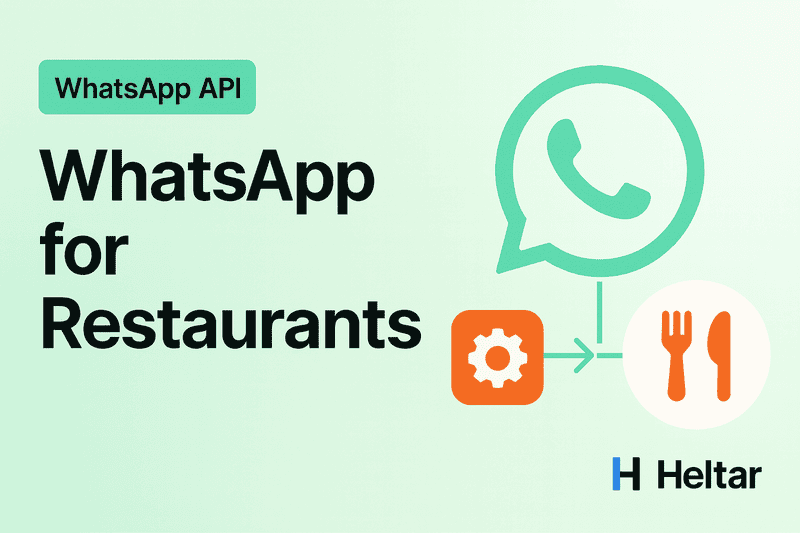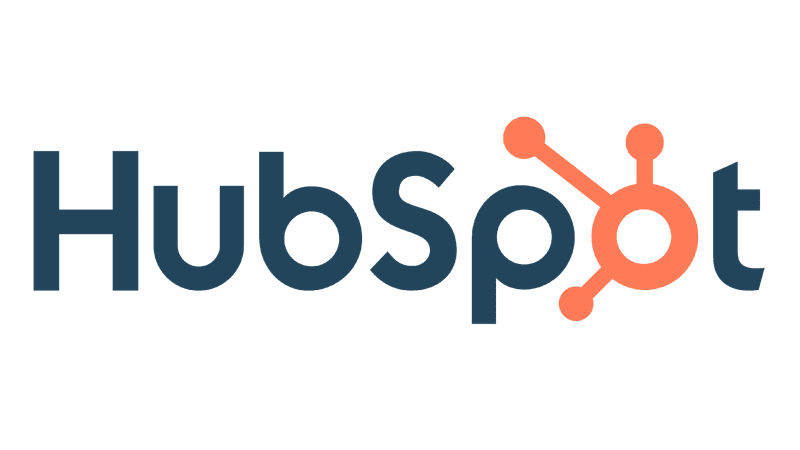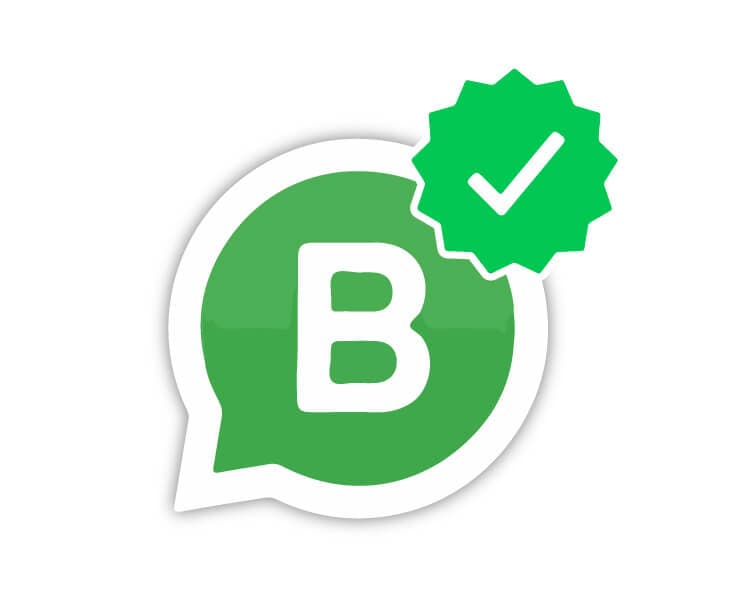LLM is a smart text engine that reads input and generates output. It writes, explains, and reasons, but it does not act on the world by itself.
AI agent uses an LLM as the brain, plus tools, memory, and rules, to take actions toward a goal. It can look up data, decide next steps, call APIs, and close the loop with guardrails and approvals.
Agentic systems are one or more agents working together on multi-step goals with planning, checkpoints, and human control.
Keep this in mind: LLM answers, agent completes.
Let's take an example!
Scenario: You received your electricity bill, & you go to an AI for help.
1) What an LLM does
You ask, “How do I pay my electricity bill online?”
It explains the steps, links the site, and drafts a reminder note or SMS.
It cannot fetch your bill, apply an offer, or pay on your behalf.
LLM = text in, text out. No state change.
2) What an AI agent does
You say, “Pay my electricity bill before Friday. Use UPI if there is a cashback. Send me the receipt.”
The agent signs in with your saved token, pulls the current bill, checks due date and amount.
It compares payment options, picks UPI if there is a valid offer, and asks for approval if the amount crosses your limit.
On approval, it pays, saves the receipt to Drive, emails you a copy, and logs the run.
Agent = tools plus decisions that lead to a completed payment.
3) What an agentic system adds
A bill fetch agent handles multiple utilities, not just power.
A payment agent chooses the wallet or card based on caps and offers.
A policy agent enforces limits, approvals, and monthly budgets.
If a gateway fails, it retries or switches. If the bill looks abnormal, it flags you first.
Agentic system = planned steps, memory, approvals, and recovery paths.
What do they mean?
Large Language Model (LLM): A model trained on huge text corpora that predicts the next token. It excels at writing, explaining, transforming, summarizing, and reasoning in text. It has no live state or actions unless connected to tools.
AI agent: A program that uses an LLM plus tools, memory, and policies to act toward a user goal. It decides, calls APIs, reads and writes to systems, and reports back. Autonomy is bounded by rules and approvals.
Agentic system: One or more agents orchestrated for multi-step objectives with planning, coordination, retries, monitoring, and human-in-the-loop controls.
Head-to-head comparison
Dimension | LLM | AI agent | Agentic system |
|---|---|---|---|
Core ability | Generate and reason in text | Take actions with tools to finish a task | Coordinate complex, multi-step goals |
Tools and APIs | Optional, often none | Required | Many, with routing across them |
Memory | Short-term context | Task memory, user profile, logs | Long-term memory, audit trails |
Autonomy | None | Bounded | Bounded, with planning and delegation |
Reliability | Good for content and ideas | Good for narrow tasks with guardrails | Better for real workflows with checks |
Example | Draft refund email | File refund for order #1234 | Handle refunds, exchanges, fraud checks, and logistics end-to-end |
Simple rule: If you need text, use an LLM. If you need results in a system, use an agent. If you need coordination across steps and services, use an agentic setup.
When should you use an LLM, an agent, or an agentic system?
Pick an LLM when your goal is content or insight.
Drafts, explanations, brainstorming, code snippets, research summaries, SOPs, reply templates, knowledge extraction.
Pick an AI agent when your goal is to complete a narrow task.
Book a slot, create a support ticket, update CRM, trigger an email campaign, create an invoice, file a return, move data between apps.
Pick an agentic system when the task spans steps, rules, and teams.
Onboarding an employee, month-end close workflows, lead-to-cash handoffs, compliance checks, warranty claims at scale, RTO reduction loops in ecom.
Common myths
“An LLM with web access is already an agent.”
No. Tool use helps an LLM answer better, but an agent is measured by actions that change state, not by searching the web.“Agents must be fully autonomous.”
No. The safest agents run with staged autonomy, approvals, and clear limits.“Agents replace your team.”
No. Agents reduce grunt work. Your team still sets policy, handles edge cases, and improves the flow.
How is this relevant to you?
If you are running a business, incorporating AI should be your no. 1 priority. We, at Heltar, help businesses incorporate AI agents into their WhatsApp, to automate their workflows and make business communication quicker, simpler and more effective.
Heltar is a WhatsApp Business API provider built exactly for this.
Shared inbox, roles, and assignments so sales can work from one place.
Automation inside the inbox, plus quick setup for keywords, menus, and forms. You can create a WhatsApp chatbot using a drag-and-drop, no-code chatbot builder. Just one AI prompt, and you have your automation ready to be deployed. You can't get this luxury on n8n or any other popular automation tool.
Template workflows for approval, variables, and safe bulk sends. You create templates and get them approved within seconds, ready to be launched as part of bulk messaging campaigns.
24-hour window guardrails that auto enforce message type rules.
Campaigns and segments with schedules and rate control. Schedule and Fire any campaign in less than a minute, marketing made simple!
Live reports for delivery, reads, failures, leads, and outcomes.
If this is what your business needs, reach out to us for a demo today.





